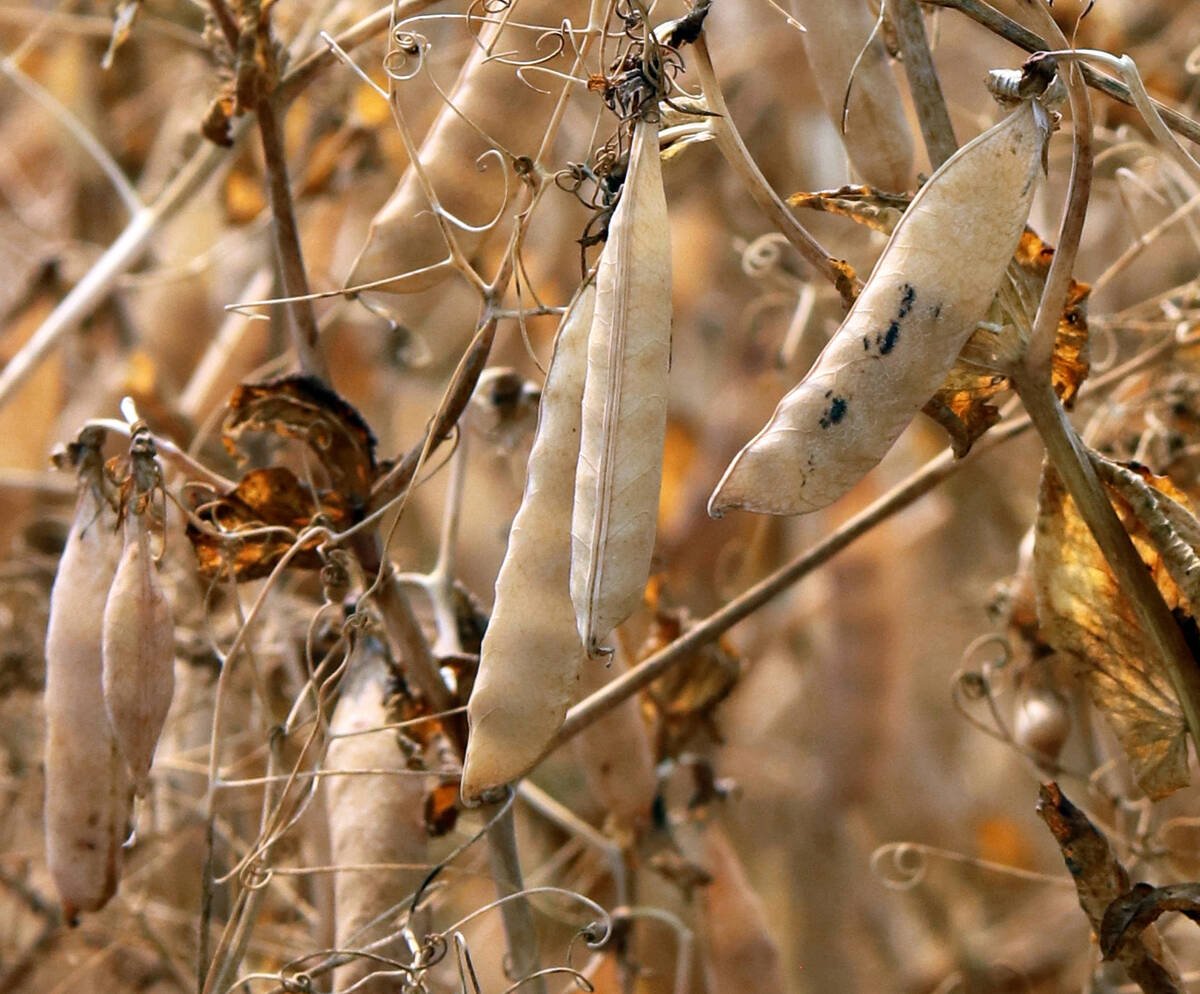The bacterium Listeria infects cattle and small ruminants. It can be picked up from the environment, but is most commonly transmitted in tainted silage that is poorly fermented, mouldy or spoiled with soil. It’s more likely to cause disease in cattle than small ruminants such as sheep and goats.
Outbreaks of listeriosis can occur when herds are exposed to a single contaminated feed source, but most cases tend to be single and sporadic. Most happen between January and May and are tied to management changes such as the introduction of silage feeding or moving into winter housing where animals are concentrated, passing the organism between themselves.
Read Also

Trump’s tariffs take their toll on U.S. producers
U.S. farmers say Trump’s tariffs have been devastating for growers in that country.
Once the bacterium is ingested, it multiplies in the intestine and moves into the body where it causes disease.
There are three main forms of listeriosis:
- The neural form is an infection of the nervous system that is also called meningoencephalitis.
The first sign is inco-ordination during walking. It causes what is referred to as “circling disease” because affected animals tend to walk in circles. The disease targets the nerves of the head so some animals drool while others have paralysis of the facial muscles.
Small ruminants with the neural form quickly lose the ability to walk and they die within two or three days. In cattle, nervous symptoms tend to first affect one side of the head before progressing to the other.
Veterinarians diagnose the neural form based on clinical signs: circling, a head tilt, facial nerve paralysis, tongue protrusion and salivation.
There is no test to confirm listeriosis in the living animal, but once an animal has died, the organism can be isolated from the brain and spinal cord because Listeria creates microabscesses in the nervous tissue.
- The visceral form of listeriosis targets the internal organs and symptoms depend on where the bacteria are concentrated.
Signs of hepatitis accompany liver infections while pneumonia is evidence of a lung infection. However, it usually presents as a septicemia, or infection throughout the body, in young calves and lambs.
The visceral form is usually diagnosed after death and requires culture of lung, liver or spleen tissue.
- The mildest form of listeriosis is the reproductive form, which causes abortions and premature births.
Because Listeria bacteria can be found anywhere, this disease is hard to prevent and there is no vaccine available to protect against it. If an animal contracts the disease, it should be isolated and treated with antibiotics.
Unfortunately, this is not always successful and mortality rates are 20 to 100 percent. Dead animals should be rendered or burned and buried in a pit with lime.
Because so many cases arise from silage, attention to silage management is paramount. The pH during fermentation should always fall below five to ensure this organism is killed.
As well, the top and sides of the silage should not be used because this is where fermentation can be inadequate.














